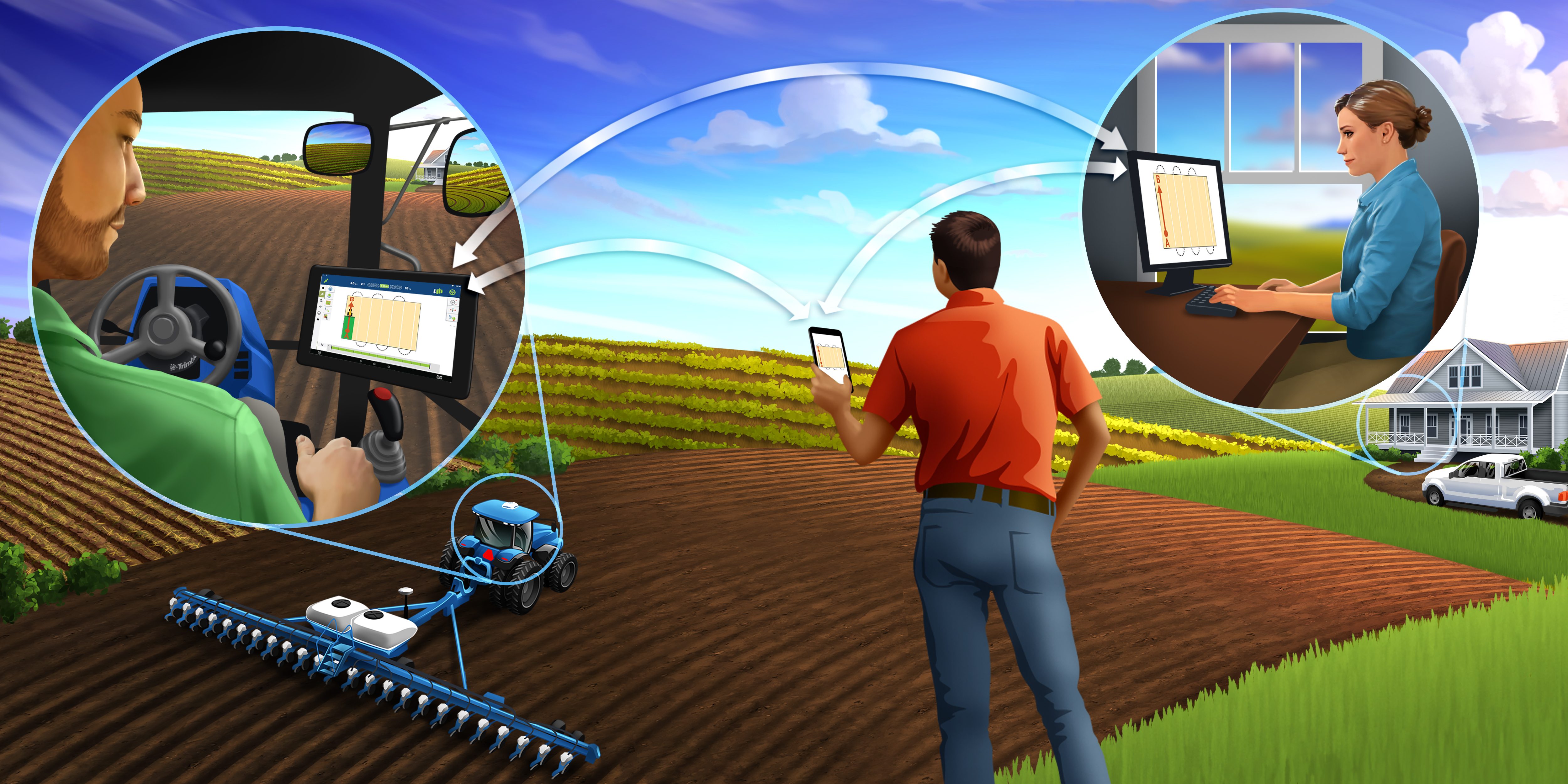How Farmers Are Using Software to Improve Field Record Accuracy
April 8, 2019

Consumers are hungry for information about where their food came from, and experts predict the trend will continue to grow.
A recent survey by the International Food Information Council, and a similar study by Nielsen, show that consumers want more information on how the food they eat was produced. They’re also more likely to choose brands that make this information readily available. This tendency is particularly strong in younger demographics.
For farmers, the trend has widespread implications. It’s not enough to grow healthy food — they need a verifiable paper trail proving it.
 “Today, there are more government regulations and reporting requirements that farmers need to comply with,” says Gwen Byard, product manager with Trimble Ag Business Solutions. “Therefore, farmers need to have confidence that their farm records showing where the work was done, how it was done, are accurate.”
“Today, there are more government regulations and reporting requirements that farmers need to comply with,” says Gwen Byard, product manager with Trimble Ag Business Solutions. “Therefore, farmers need to have confidence that their farm records showing where the work was done, how it was done, are accurate.”
According to one ag industry expert, accurate and consistent data is a significant challenge facing farmers today.
 “If a farmer is working with inaccurate data it causes a lot of frustration,” says Michael Casey, general manager at the Australian ag dealership Vantage NSW. “Even if it’s a small inefficiency, it’s frustrating. And the cumulative effect year to year can be huge.”
“If a farmer is working with inaccurate data it causes a lot of frustration,” says Michael Casey, general manager at the Australian ag dealership Vantage NSW. “Even if it’s a small inefficiency, it’s frustrating. And the cumulative effect year to year can be huge.”
Casey has seen farmers increase their spending on new technologies in recent years, specifically on hardware and software related to accuracy and correction services. But given the complexity of these systems, especially on large farms, and the inevitability of some level of human error, Casey says a small inconsistency or inaccuracy can have huge implications.
Consider this: Two operators are working the same field. They’re both running vehicles equipped with guidance and steering systems to help accurately monitor and map the field information in real time. However, there’s a discrepancy in the guidance lines they’re using. The result? Wasted time (and, ultimately, money) and inaccurate field records.
But there’s a solution in sight, one Byard has spent many days working towards.
“The more automated a process is, the more you can avoid errors,” she says. Accurate data is crucial when it’s being used for certification or compliance, in the case of food traceability, but it’s also becoming more important for the financial stability of farms today. As precision ag practices become the norm, farm managers are making quick, data-driven decisions in real time in order to be as efficient, precise, and cost-effective as possible across the entire operation. If the data being used to make these decisions is flawed, productivity and profitability wane.
“When you’re making these quick decisions in real time, you want to make sure you have the right data in the right place at the right time,” says Byard. The solution, she says, lies in automatic data syncing. A new Trimble Ag Software feature known as AutoSync™, for example, helps solve this problem by working in the background to automatically sync data across Trimble Ag displays and Trimble Ag Software.
“AutoSync lets you enter data once and then it’s automatically shared,” explains Byard. “You can also correct data in one place and the correction goes everywhere. Data is only entered once and it’s shared quickly and easily, so other operators won’t create their own copies and have all of these duplicates.”
Back in Australia, Casey says the new software feature has been getting rave reviews from farmers.
“Their first reaction is excitement,” he says. “People have struggled with this issue for a long time so they immediately see the benefit.”
Find out more about Trimble’s new AutoSync feature here, or check out a free on-demand webinar on how to improve field record accuracy here.
